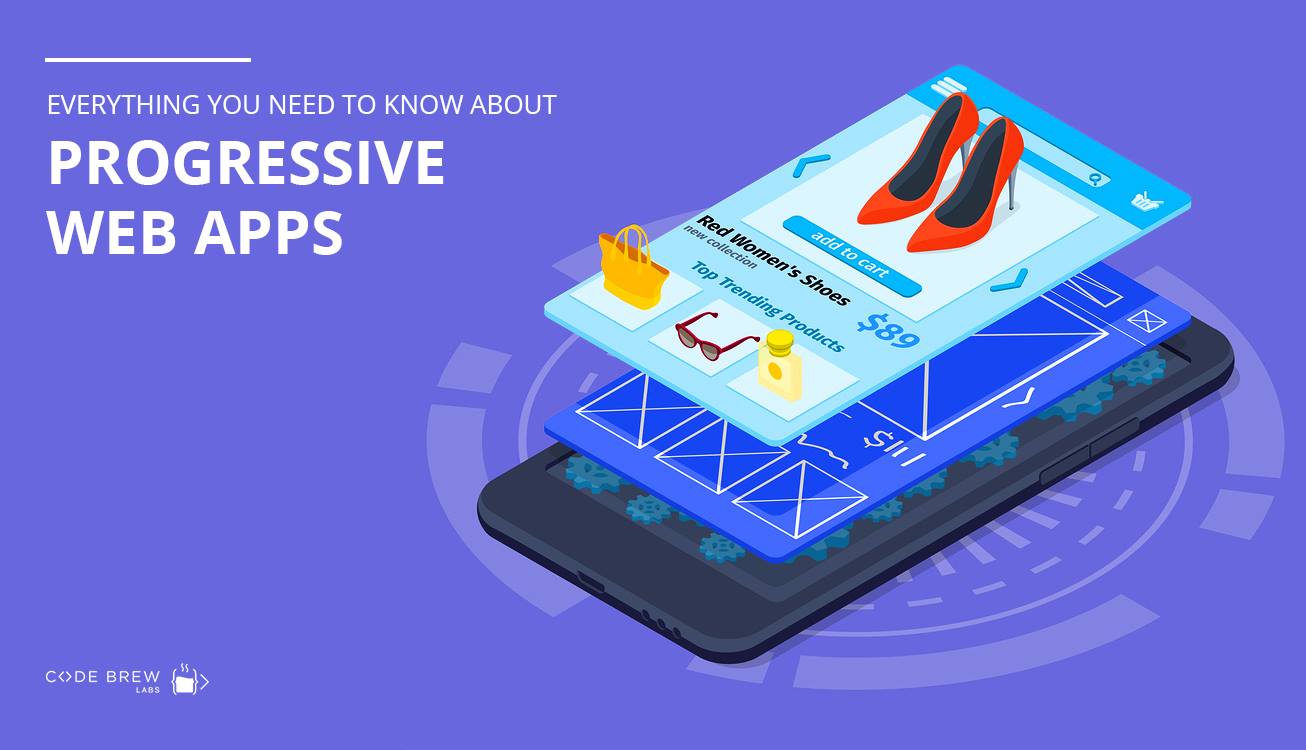For a time, the world of mobile apps seemed reserved exclusively for the rich and influential. The costs incurred on the design, implementation and maintenance processes were eye-watering, and even if a small business did aim high and punch above its weight in the creation process, it would face the daunting obstacle of achieving uptake. The more you put into the development of an app, the more of a waste of resources it can be if no one ever uses it.
But times change, and today’s mobile landscape has a level of accessibility that would shock anyone with a mindset still clinging to that old exclusivity. With every day that passes, it becomes more important, more valuable, more affordable for small businesses (particularly in the commerce world) to pursue apps of their own.
In this piece, we’re going to look at how small-scale retailers can make the most of the app development process, covering how an app can bolster a business, why it’s so much easier to make an app today, and what you can do to use apps effectively on a budget. Let’s begin.
How A Retailer Can Use A Mobile App?
In the early days of mobile technology, having an app held a very vague significance and corresponding value. Companies knew that smartphones were important, and wanted to get involved, but didn’t really know what actual point of releasing an app was. It was only as the mobile industry matured (and mobile buying demonstrated the financial value of providing mobile services) that people began to understand what can be accomplished through apps.

But now, we know all about the various things a retailer can accomplish through an app, including (but not limited to) the following:
- Furthering personalized services – Mobile ecosystem accounts and local sensors combine to provide extensive personal data, allowing a business to provide customized user experiences and thus achieve greater customer happiness.
- Providing mobile buying options – Even strongly mobile-optimized websites are unlikely to work as effectively to support mobile buying activity as high-quality apps, plus people are more likely to reach for shopping apps (if they have them) than browsers.
- Publicizing discounts and new products – Email marketing often gets ignored, but smartphone owners will idly swipe through apps during moments of inactivity, making mobile apps ideal for regularly-updated news sections.
- Entering notification channels – Given requested permission (more likely than not to be granted), a mobile app (whether on iOS or Android) can submit push notifications, using them for ads, buying prompts, local deals (achievable using GPS data), etc.
- Offering brand-building value – Whether it’s something functional (a minigame, perhaps, or a utility tool) or just something entertaining in the form of diverting content, a mobile app can provide the user with value that improves the brand image.
The main takeaway from this is that there’s no reason to have a mobile app for the sake of it. It’s a tool like any other, needed to serve a particular purpose, and there are so many things that can be accomplished with a mobile app. It’s essential to fully understand the options available to you before leaving the ideation stage.
The Increasing Viability Of App Development
The value of a mobile app may be ever-expanding, but if a retailer can’t afford to develop one, it’s a non-starter — so it’s a combination of factors that has driven the growth of the market. The cost of development has come down, and the financial justification of an app has gone up. It’s much easier to explain the value of an app in a time when mobile buying has dominated eCommerce.
Current UX standards throughout the iOS and Android spheres are very high, yes, but there are so many resources viz. development libraries, templates, and shared APIs that the increased complexity is largely offset. We’ve seen this with ecommerce websites to a huge extent — the proliferation of common hosting platforms has made it relatively easy to create a slick online retail store (and introduced plenty of ways to buy a website built to adhere to industry standards).

As a result of the immense resources now available, it isn’t the mechanics of an app that really make the difference, but the design — and since top mobile developers have now had the time and experience to develop their expertise, they can design very efficiently.
But that isn’t all. Every retail business needs a website — that much is well-established in public awareness — but what isn’t so well-established is that the line between website and app continues to blur to a large extent, as can be seen through the introduction of progressive web apps. In time, there will be no meaningful delineation between website development and app development. Development companies will provide comprehensive far-reaching solutions, tying all the elements together to ensure strategic cohesion.
How A Small-Scale Retailer Should Approach App Development?
So, now that we’ve established that there’s a lot you can do with an app, and that it’s an excellent time to get into the app world, we reach the crux of the matter: how should a small-scale retailer take advantage of app development?
For Small-scale retailer, with tight budget, the overriding goal will be to keep costs down while yielding a solution that will make a meaningful and positive impact on the business. Here’s what I’d suggest:
- Consult your existing customers. Before you even start to think about what kind of app you want, ask your customers what they want. In the end, your opinions are significantly less important than theirs — they provide your revenue.
- Figure out where your value will come from – What will offset the cost of your app? Will you just sell products through it, or monetize it through advertising
- Choose your platform carefully – Should your app be on iOS, or Android, or both? If you’re unlikely to get any significant traffic on Android devices, for instance, there’s little point in developing for it unless the type of app you choose can easily be made accessible there.
- Find a trustworthy developer – This is the most important step by far. It’s crucial that you find a developer that not only demonstrates the expertise you need but is also easy to work with, because you’ll need to cooperate throughout the development process to get the best result.
- Prepare your website for integration – As an ecommerce business, you’re going to need to share information between your website and your app, so it won’t be very helpful if your website runs on an ancient CMS. Get everything updated before you get an app developed.
- Only develop what you can market – If you’re not going to have the time or resources to push an app once you’ve had it made, then don’t have it made at all. Scale the scope of your app to the scope of your achievable marketing.
- Develop a plan to incentivize app use – Once your app is developed and you’ve launched it, what will make users want to download it? In addition to the inherent value of the app, you can provide short-term promotional incentives, such as getting a discount on the first in-app purchase. Ensure that your app supports this kind of thing.
Final Thoughts
As noted earlier, the mobile app world is no longer reserved for the biggest brands (though they’re still very influential!) — these days, any business (big or small) can enter it and succeed if it has a specific goal in mind. If you run a small-scale retail business and you want to get a mobile app, there’s every chance it can prove highly valuable. Just make sure that you plan carefully, and set out the development process to provide maximum return on your investment.

Patrick Foster is a writer and ecommerce expert from Ecommerce Tips — an industry-leading ecommerce blog that shares the latest insights from the sector, spanning everything from business growth hacks, to product development. Check out the latest posts on Twitter @myecommercetips.






